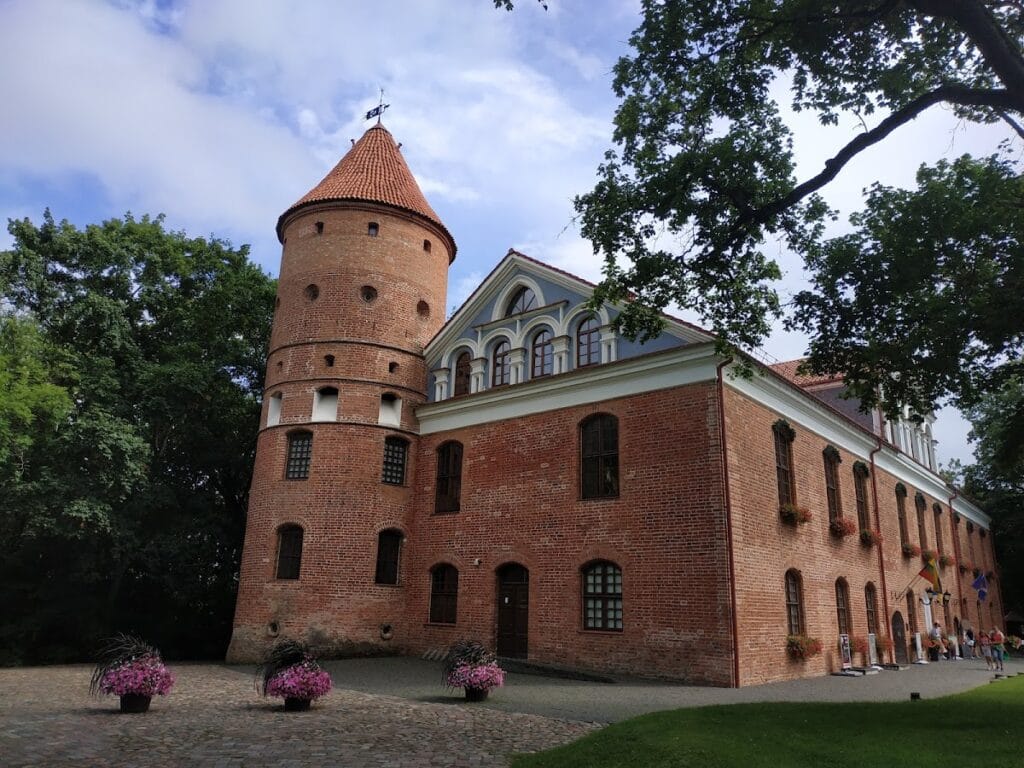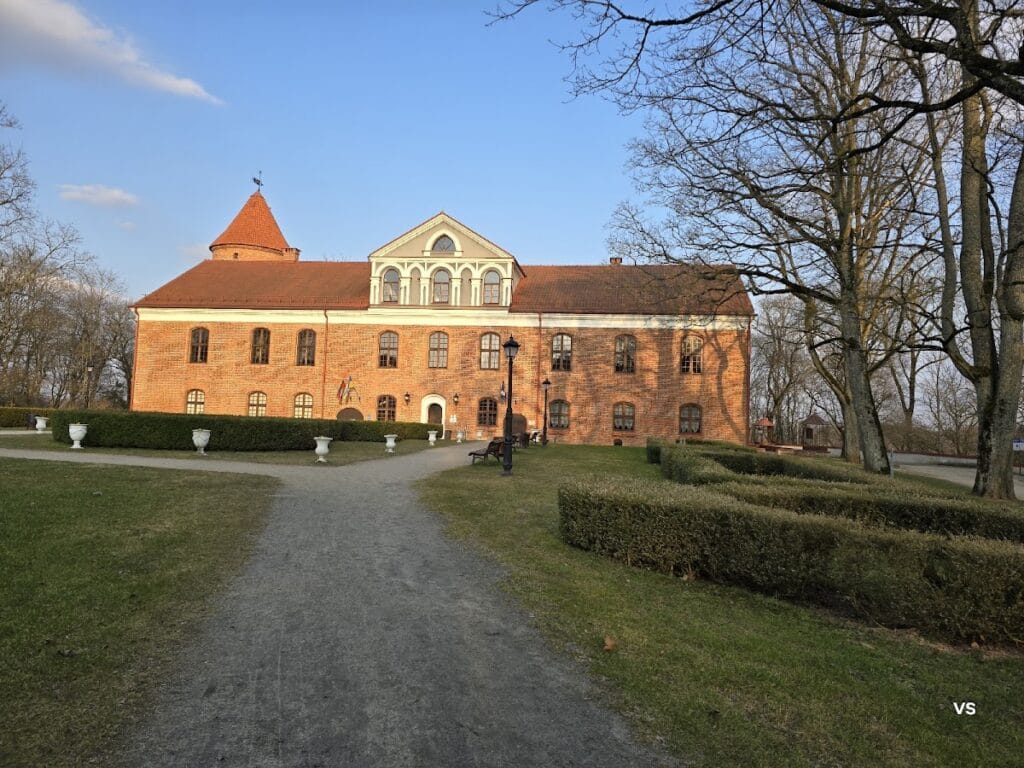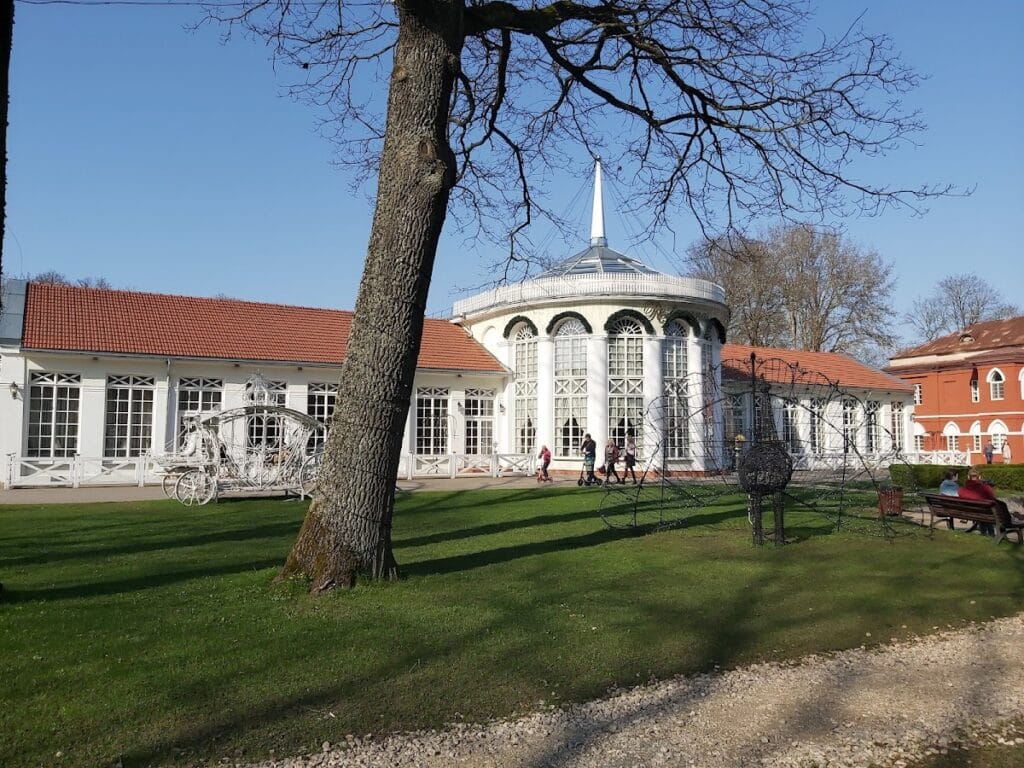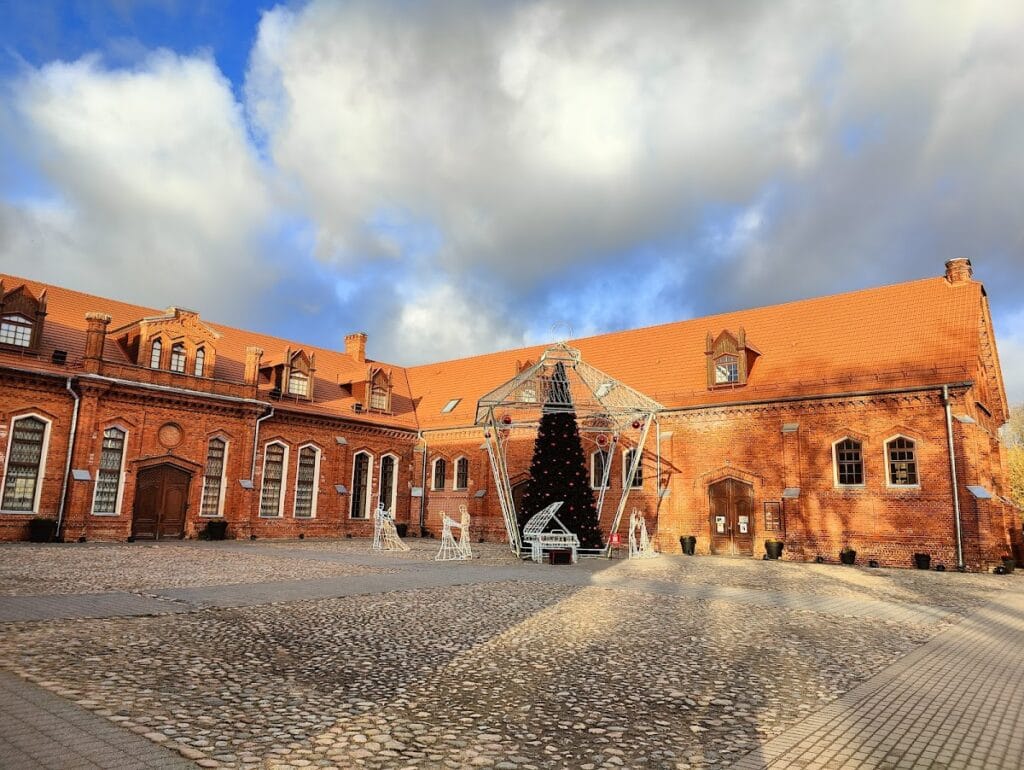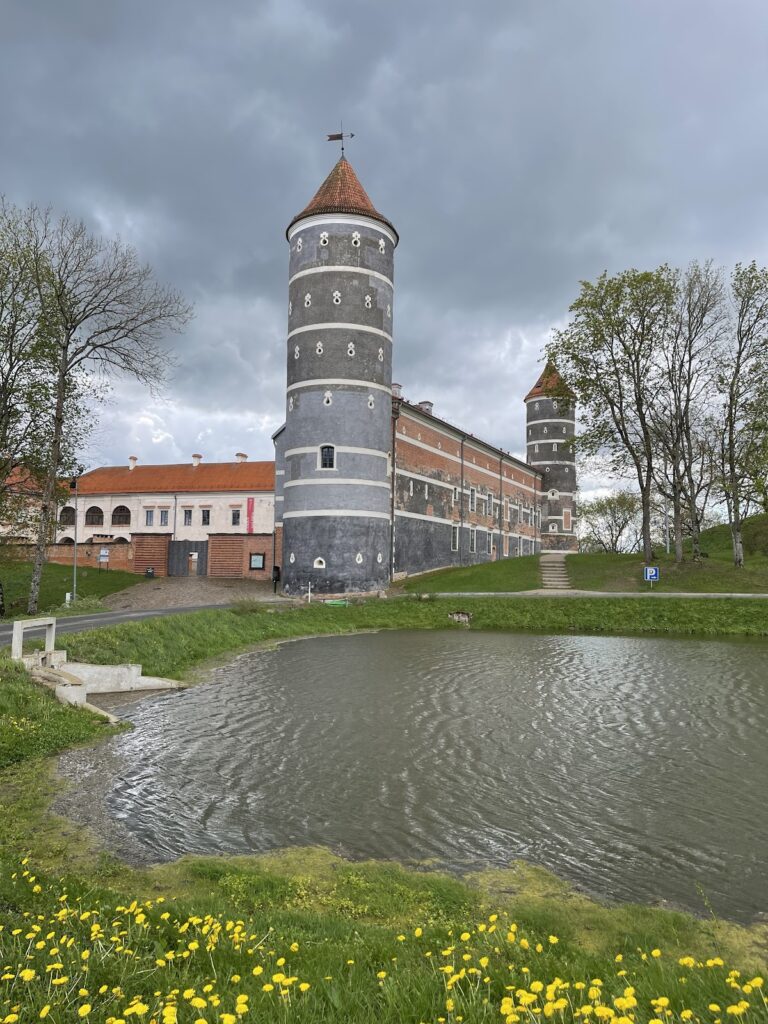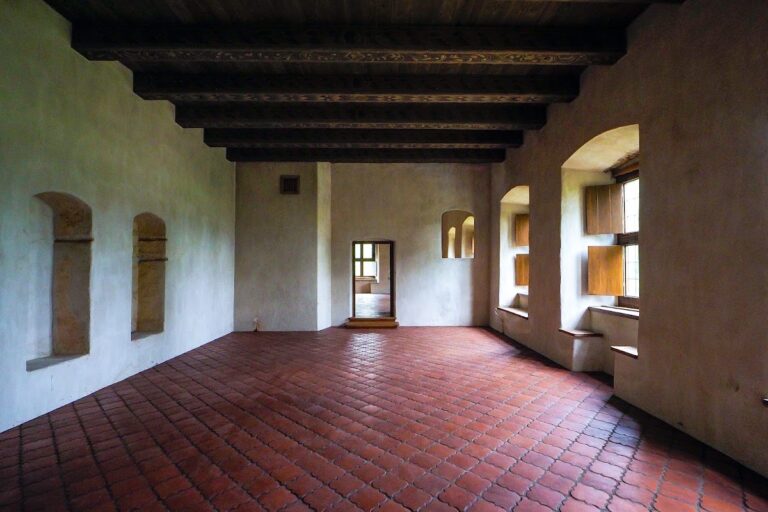Raudondvaris Castle: A Historic Lithuanian Noble Estate
Visitor Information
Google Rating: 4.7
Popularity: Medium
Google Maps: View on Google Maps
Official Website: www.raudondvariodvaras.lt
Country: Lithuania
Civilization: Unclassified
Remains: Military
History
Raudondvaris Castle is located near the village of Raudondvaris in Lithuania and was established by the Lithuanian nobility. Its origins trace back to the early 17th century, when the site served as a noble residence. The estate first appears in historical records in 1615 through correspondence by Jonas Dziavialtauskas, who is believed to have been responsible for initiating the construction of the manor’s main building. Prior to this noble ownership, the land had royal associations in the 16th century, when King Sigismund II Augustus gifted the property to his wife, Barbara Radziwiłł. Local tradition credits Barbara with commissioning the initial structure of the manor as it is known today.
Ownership of the estate shifted through several prominent Lithuanian noble families over the centuries. In 1652, the Radziwiłł family acquired the property, holding it for a decade before transferring it to the Worłowski family in 1662. The Zabiełło family assumed control during the 18th century, maintaining possession until 1819, when the Tyszkiewicz family became the new owners. The Tyszkiewicz era saw significant development, including renovations and expansion of the manor complex as well as the creation of a landscaped park beginning in 1834.
The manor faced destruction during the November Uprising of 1831, when it was damaged by fire. Reconstruction efforts took place between 1832 and 1840, restoring the residence and adding new elements such as an orangery to cultivate citrus trees, and several outbuildings to support the estate’s operations. Following 1855, architect Cesare Anichini and his contemporaries undertook substantial remodeling, incorporating stylistic features from the Neo-Gothic and Neo-Renaissance movements. Among these changes was the addition of a tower with battlement-like crenellations meant to evoke a medieval castle appearance, despite the building’s primary residential function.
During the course of World War I, Raudondvaris Castle served a military purpose by housing the German Ober Ost headquarters. The noted writer Arnold Zweig was stationed there and later described his experiences at the manor during that period. The aftermath of the war brought nationalization by the Lithuanian government. From 1927 until 1943, the estate was repurposed to serve educational and social needs as an orphanage and primary school.
In the closing stages of World War II, retreating German forces burned the manor and orangery in 1944, causing significant damage. Beginning in 1958, the estate found new use as the location for the Lithuanian Agricultural Mechanization and Electrification Institute. Restoration work between 1959 and 1973 focused on returning the manor complex mainly to its Renaissance architectural character. Since 1994, Raudondvaris Castle has hosted exhibitions dedicated to its own history and that of the Tyszkiewicz family. A memorial museum honoring the composer Juozas Naujalas opened within the manor in 2002. The site was officially designated a national cultural monument of Lithuania in 2008.
Remains
The Raudondvaris manor complex features a carefully planned layout centered around a Renaissance-style main building dating to the early 17th century. This principal residence is complemented by two administrative wings positioned to the north and south, reflecting the functions typical of a noble estate. Construction predominantly utilized brick, with later architectural enhancements added in the 19th century to introduce Neo-Gothic and Neo-Renaissance details, notably the tower with battlements that give the building its distinctive red-hued walls. These walls have lent their color to the name of the village itself, Raudondvaris, meaning “Red Manor.”
Among the outbuildings is an orangery constructed between 1837 and 1839 to support the cultivation of citrus plants—a feature signifying the estate’s horticultural ambitions. Although the orangery suffered destruction during wartime, it was later rebuilt as part of restoration efforts. The mid-19th-century stables have been adapted for cultural uses, now housing a concert and theater hall seating around 500 people, alongside an art incubator. Additionally, the steward’s house, two barns, and a 19th-century icehouse form part of the complex, reflecting its agricultural and managerial functions.
The manor park, established in 1834, covers approximately 3.8 hectares and contains a diverse selection of tree species, including red maple, white pine, and western linden. Its winding paths extend toward the nearby Nevėžis River, integrating the estate’s grounds with the surrounding landscape reserve. The riverbank location enhances the estate’s natural setting while historically providing a strategic and aesthetic advantage.
Restoration carried out during the mid-20th century addressed both structural and stylistic elements. Inside the main building, new ceilings were installed, and an earlier columned porch on the main facade was removed to restore a historically consistent appearance. The orangery and stables were also reconstructed to preserve their function and form.
The manor’s collections historically included an impressive array of art, featuring works attributed to masters such as Leonardo da Vinci, Rubens, Caravaggio, and Jan Matejko. Its library was renowned for containing between 10,000 and 20,000 volumes, with manuscripts dating back to the 16th and 17th centuries. These cultural assets underline the estate’s role as a repository of artistic and intellectual wealth during its period as a noble residence.
